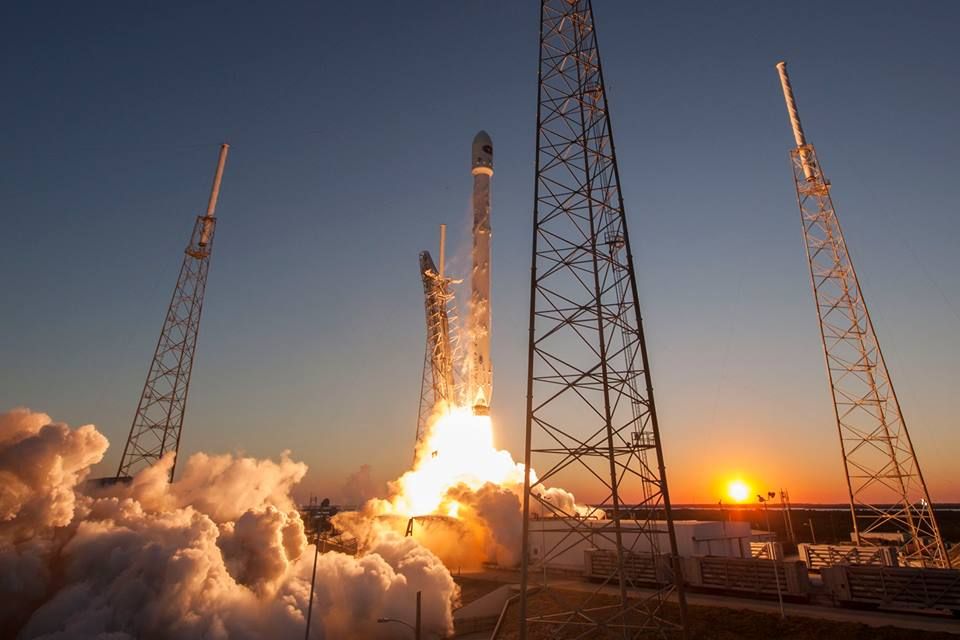SpaceX will reach the surface of the moon a bit ahead of schedule, it turns out.
Elon Musk's company is providing the landing system for the first crewed touchdown of NASA's Artemis lunar exploration program, a milestone that the agency hopes to achieve in 2025. But a piece of SpaceX hardware will hit the gray dirt far sooner than that — in just five weeks or so.
Satellite trackers have determined that the upper stage of a SpaceX Falcon 9 rocket that launched in February 2015 will slam into the moon on March 4, Ars Technica's Eric Berger reported on Monday (Jan. 24). The observers were led by Bill Gray, who runs Project Pluto, a company that supplies software to professional and amateur astro
The rocket in question launched the Deep Space Climate Observatory (DSCOVR), a joint effort of the U.S. National Oceanic and Atmospheric Administration and NASA. DSCOVR studies our planet and the space weather environment from the Earth-sun Lagrange Point 1 (L1), a gravitationally stable spot about 930,000 miles (1.5 million kilometers) from Earth in the sunward direction. (NASA's $10 billion James Webb Space Telescope just arrived at L2, which is 930,000 miles from Earth in the other direction, toward the orbit of Mars.)
SpaceX usually disposes of Falcon 9 upper stages after launch by sending them back into Earth's atmosphere for a fiery death. (SpaceX famously lands and reuses the first stages of its Falcon 9 and Falcon Heavy rockets. But the company had yet to pull off a first-stage touchdown at the time of the DSCOVR launch; the first such success came in December 2015.)
The upper stage was so high after sending DSCOVR on its way, however, that it didn't have enough fuel to return to its home planet, Berger wrote. So it's been cruising through the Earth-moon system on a long and looping orbit for nearly seven years.
Its time is now nearly up. Gray, using data gathered by a variety of fellow observers, calculated that the stage will crash into the moon on March 4 at 7:25 a.m. EST (1225 GMT). The impact will occur on the lunar farside, at about 4.93 degrees north latitude and 233.20 degrees east longitude.
"At a guess, the above prediction may be wrong by a degree or two minutes from the predicted time," Gray wrote in a blog post about the coming impact, citing the difficulty of modeling precisely how sunlight pressure moves a tumbling, cylindrical object such as a rocket stage.
"We'll need (and I am confident will get) more observations in early February to refine the prediction; that will bring the uncertainty down greatly," he added.
Because it will occur on the moon's farside, the impact won't be visible from Earth. But nailing down its time and location is still important, potentially allowing moon-orbiting spacecraft such as NASA's Lunar Reconnaissance Orbiter (LRO) and India's Chandrayaan 2 to study the resulting crater — "and, if we're lucky, maybe image the impact," Gray wrote.

Comments
Post a Comment